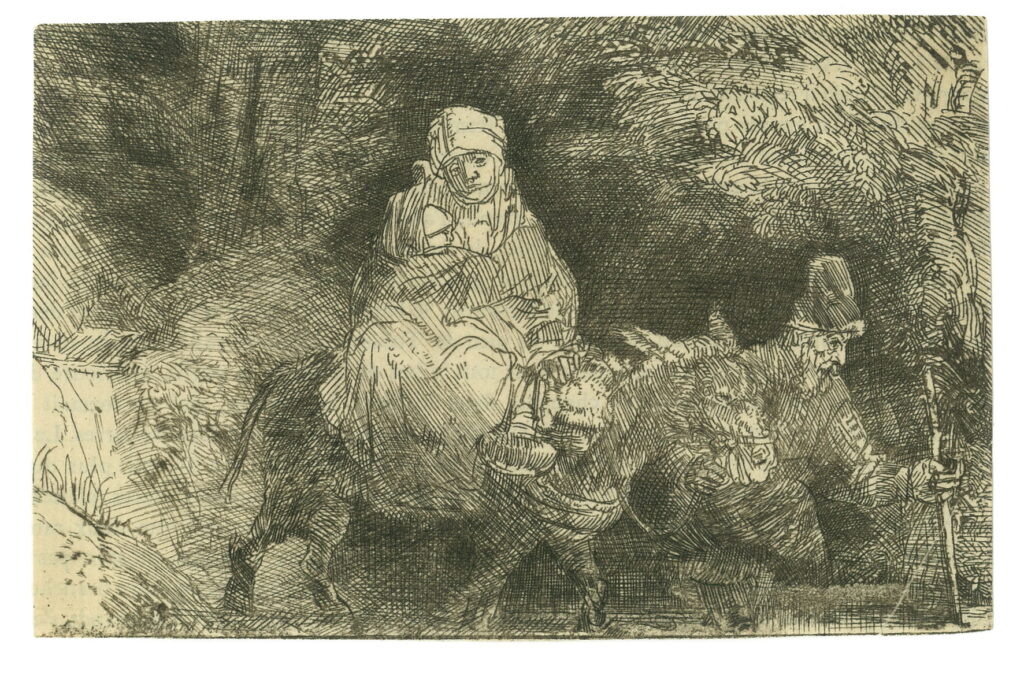
Well, I did want to post another round of funny and interesting ESCAPE! videos, but this rather important thing came up, about original 17th century Rembrandt etchings.
Look, Rembrandt etchings are traded like stamps, coins, sports cards and memorabilia — it’s all about Scarcity, Desirability and Condition, the “Big 3” of collectible trading.
I have a number of interested possible buyers for the few Rembrandts I have posted in my tiny collection in my virtual gallery, but it’s tricky — I can’t and won’t sell to an amateur. I’ve had that flavor of sale, and eschew it rabidly.
I don’t actually OWN a bunch of Rembrandt etchings — I don’t have to, because I sell them first, and THEN I FIND and buy them and ship them, see? That way, there’s no money up front, no risk of loss of the originals, and no storage issues or insurance problems, and I can have hundreds of Rembrandts up for sale without owning a single one of them.
The trick is, you have to know that you can get hold of what you sell, and you know who has it and at what price.
I have lines on every Rembrandt offered in my catalogs, and that includes my Durer Catalog, my Renoir Catalog, my Ostade Catalog and others — I use this gimmick a LOT in a gallery setting, although these days, it’s even easier to post an item without having to frame it, just by putting it through my paint.net photoshop program.
Don’t send your prints directly to a customer, not this kind of print, an original.
You can’t depend on a customer to not be a crook. It’s too easy to scan a piece and ship back the modern computer print, saying “you sent me a fake”.
That scam happened to a LOT of print dealers in the early online trading. We weren’t caught by that, but several of my antiquarian book dealer friends did get burned.
Not to worry, there are safeguards now, the best one of which is to only ship to dealers that I know and trust, or to customers whom I know and trust and who know and trust me.
It’s like any collectible, medical treatment, food supply, or fine dope — you have to trust your dealer.
The original print goes directly from me or my source, right to the buyer’s expert, never to the customer directly — I want at least one witness.
From this trade I take a small profit for the community, none for myself, and it goes well for everyone, what they these days call a “win-win” outcome.
This is great, but you have to know a LOT about Rembrandts — and etchings in general — to be able to understand what’s going on with these things in order to protect your customer, and please remember that customers for serious fine art are getting fewer and farther between.
So what do I cover in my collectors’ albums?
First of all, there are different STATES to the prints — the earlier they are in the run, the more dark spots, called “burr” and light lines, called “drypoint” there will be, meaning the print is fresh and crisp and “right”, meaning no damage and no foxing.

As the pressure builds to take each print, and the resultant prints come off the press, the metal plate in which the design is etched and worked, begins to wear down right from the very first moment the press begins to do its job, which is to press, firmly.
Apart from STATE, there is also CONDITION, and to be frank, condition is everything. The rarest print can plummet in value if it’s ever been repaired, even expertly. In general, the earlier the state of the print, the more money you’re going to get for it.
A Renoir with the edges still blotched gets a whalloping amount more than one that has been used and blurred and degraded, even slightly, just like grading coins. Perfect is perfect and can be nothing less.
If you yourself have produced many etchings and lithographs, you’ll have a slightly easier time detecting fakes, and I depend on my experience pulling thousands of prints and helping at the Gemini from time to time as well as working at Otis’s print department.
I never depend on just my own judgment in determining the authenticity of a print — I have experts look at it, sometimes three, and it’s tricky — even the most highly published expert can be deceived.
So how do you use my “Old Masters Prints” and “Modern Masters Prints” catalogs to actually make sales? Boy, is this simple, but it took me 55 years to figure it out and to get hold of the technology that’s needed to make it work.
You need to be able to make a print that looks precisely like the original, right down to the subtle colors in the oatmeal paper of centuries past, and captures every detail including the pores in the paper and the crinkling of the ink.
That means an incredible — and expensive — scanner, in the case of some prints, but as for the Rembrandts, it has to be photography, and that’s a pain in the ass to set up with the exactly balanced fine and muted lighting that it needs to have a fully dimensional effect.
Then you need the right processing and the right printer — not a cheap one, to be sure — and the right balance of color impression, all that has to work perfectly.
Now you have a book full of prints on photo paper, all of which are obvious reproductions, because you can see the glossy surface of the heave, high-grade photo paper.
If you put that in the right fancy gold-leaf 19th century antique frame, you get what looks like a very expensive original Rembrandt in a beautiful period frame, but it isn’t — it’s a fake, and you mustn’t ever sell this — it’s just a place-holder for the original, which you may already own, or you have a line on one with a firm price to you.
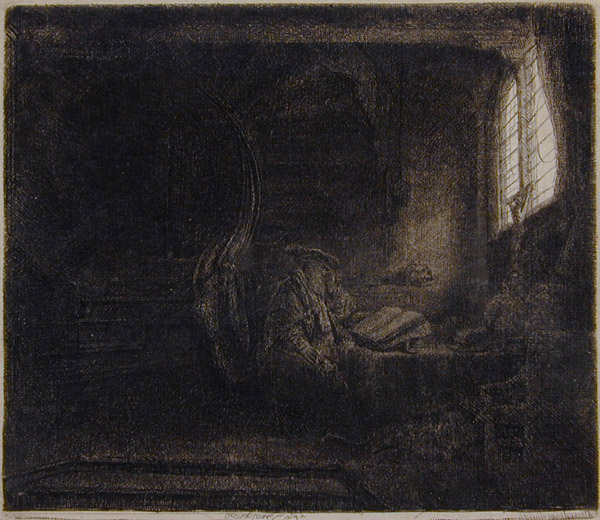
The thing is, you don’t want to sell fake Rembrandts, you want to use these to help you sell the real thing. I’m going to have to give you a short course on how to BUY the things, I suppose — otherwise you’ll have to call me to fill the orders every time, and we don’t want that to happen — I’m a busy camper here, although if you need a piece I happen to have in my tiny inventory, I don’t mind the phone call.
Okay, now you hang that picture on the wall of your gallery or on your website with an “add to my shopping cart” button, or however you market your art.
See, the thing is, apart from the neat antique gold-leafed frame, that thing is utterly and profoundly worthless, as a collectible, although from a decorator’s perspective, it’s equal to the original, minus the bragging rights, but believe me, once that full-color photo print is in the frame behind glass, nobody will catch the glossy paper effect.
In short, it looks totally real, unless you look at it out-of-frame, as I said.
That means you can put fifty or a hundred of these images up in your brick-and-mortar gallery, and not have to stay up nights worrying about a phone call from the cops in the middle of the night, that a burglar is in your shop, which happened to us when we had our gallery on Mill Street.
That break-in was the singular reason I developed the “Rembrandt CSI” show, which is now offered for sale strictly for gallery use. You can’t sell the photos, and they’re marked “replica” on the back, but then again, so am I.
There are many Rembrandts that you can’t buy — no amount of money can touch their rarity, and most are in museums under protective shatterproof glass or plexi, as well they should be, in today’s nihilistic society.
You need to be able to find out which print they’d like to acquire and then set up a search for it — they need to understand the authenticity and provenance questions, and how this print fits into the general scheme of original print collectibles.
You need to know the market, and what’s NOT available for sale, and you need to convey to the customer why they would want an original in the first place, and how it can help them in their collecting life.
So a customer comes into your gallery or mall-kiosk, and wants to buy an original Rembrandt. You realize, of course, that not one in a million will be walking past your shop wondering what you sell — it’s a horde of barbarian slave-modules creating that shopping mall mob, and they only want to get to work or home or shopping or they’re part of a flash mob and don’t have time to waste on you, and you’re directly in their path, anyway.
Quickly but not overtly, make solid eye-contact. Okay, you now have approximately 1/3 of a second to get through the veil of sleep powerfully enough to attract their attention to the possibility of actually personally owning a veritable, remarkable and valuable piece of history. Good luck.
You’ll have a better chance of convincing them of the latest Secret Republican Plot to Overthrow President Clinton than getting through on that level to the average pedestrian, because the average pedestrian doesn’t have a clue who Rembrandt might have been, even after you’ve explained it, and doesn’t know why they would want such a thing.
You might as well ask the passing crowd, “How many moons does the Earth have?” or “Which two provinces are separated by the BC – Alberta border?” or “Who fought in the French & Indian War?”.
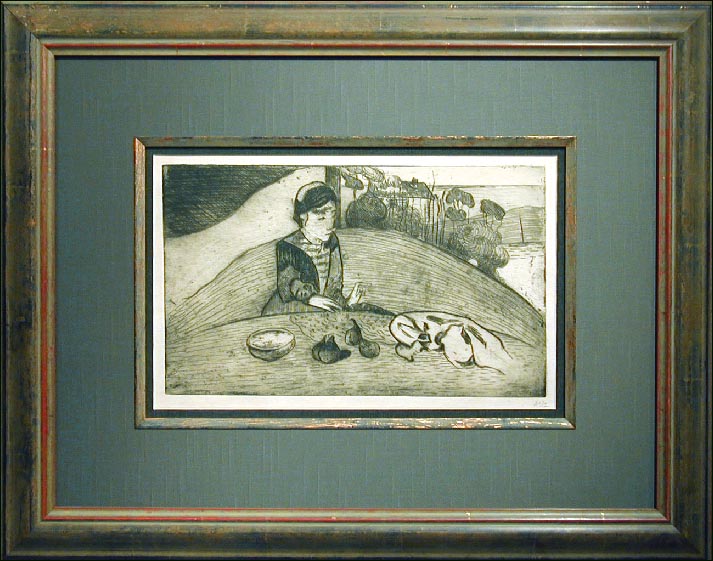
How about “When did they fight the War of 1812?”, that’d get ’em scratching their heads, and that’s the main problem with selling original Rembrandts, Renoirs, Van Ostades, and all the modern masters as well, like Picasso, Chagall, Miro, Matisse, Dali and them guys, it’s like trying to interest a gorilla in an investment in Tech Stocks.
Come to think of it, when I was an NASD securities dealer back in the day, I encountered a whole lot of gorillas, and none of them were buying tech stocks at the time. Now, they’re all into tech stocks, but not very into original 17th century lifetime impression Rembrandts, Van Rensdelaers and of course, your scarce states Van Ostades.
Most of the people you’ll ever meet face-to-face won’t know who the fuck you’re talking about and furthermore, they’ll let you know it.
You can improve the odds that you’ll find a living person in the great sea of unwashed humanity, merely by putting up a KunstMatrix Exhibition on your website, with an explanatory video somewhere on the same page, and some sort of way to contact you if they’re interested, but I’ll tell you right now, that the “Buy it Now” button never works with an original Rembrandt priced at $60,000.00 or more.
In order to sell an original print of any kind, you’ll need a compelling story to tell, which to me is the whole point of the sale, to tell the story and have that story go with the new owner, through the years to come, as a sort of oral tradition about your original print, for the family to wonder at and marvel and enjoy, or benefit greatly from the sale of grandma’s or grampa’s old junk.
If a picker comes along at the right time — just after the funeral — and you don’t know anything about this stuff, you could get as much as a hundred dollars for an original Rembrandt that will sell on the open market for $120,000.00 to the benefit of the buyer.
In short, make it your business to know what you have.
Original LIFETIME 17th century impressions, especially well-printed ones with lots of burr and drypoint, are not all that common, and good ones are scarcer than hens’ teeth, although I have a six-foot tall four-legged chicken running around in the Third Bardo, who does happen to have teeth.
So how much are these working catalogs, anyway?
My catalog is printed IN FULL COLOR, even though the original artwork is in black-and-white, because the subtleties of the paper and ink cannot be captured in a black-and-white print, and moreover, it’s printed on a special very expensive printer, on very expensive special photo paper, and that doesn’t include the cost of acquiring the originals from which this catalog was made, or all the labor that went into the graphic and the text.
It took collecting and dealing over a fifty year period to get hold of all these prints for photography, and many months doing the writeups and estimates for each one. It’s a lot of work, and it could be very beneficial to a serious art print dealer.
You can’t do this photo presentation with just any art — the masters generally make smaller prints, up to 11″x14″ more or less, that will work 1:1 on photo paper, keeping the original size and local coloration of the print.
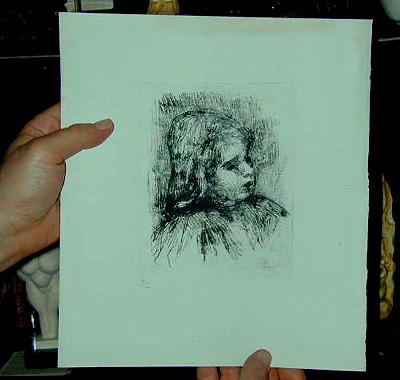
If you hang these in a virtual environment, it costs you nothing, but remember that you can’t promise a specific price — it depends on today’s situation and what’s around on the market at this moment.
Things change when collectors die off, but most of the treasures go to museums, libraries and other institutions, only to remain there permanently out of the reach of collectors, which makes the market shrink as fewer things remain for purchase.
In short, if you want it, here it is, come and get it, ‘coz it’s going fast.
Well, in the case of original Rembrandt’s, it’s not going all that fast — there are very few actual customers for original artwork of any kind any more, because most folks either can’t, won’t or don’t know how to take advantage of the situation, in which case I suggest you consult your tax attorney and your chief accountant.
If you don’t have a chief accountant, you probably don’t need and can’t afford an original artwork, anyway, and you’d have no place to show it.
Many of these pieces are donatable, to prove my point, and that’s the attraction for a lot of collectors. You can keep it in your home until you go, and it offsets some of the taxes, I’m told somewhat reliably.
So there you have the basic idea, and I’m sure that with a little Applied Social Engineering, you can turn this into a real blockbuster, and I surely hope you do. It’s worth millions to the clever marketeer, but there is a catch to the success level.
There are only so many authentic originals left on the market that eventually you’ll run out of stock, but that’s okay, because public taste changes fast, and you could wind up in a time-zone where Rembrandts are used for toilet paper when they can’t get Charmin.
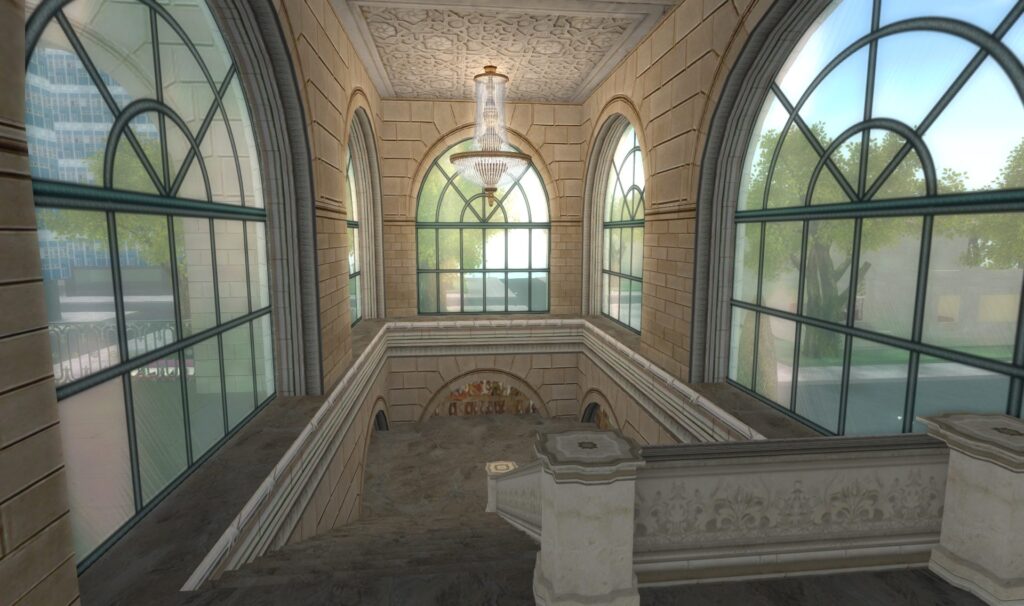
Gosh, there’s a civil war on right now, better get some original coinage from this period, before it all gets melted down for bullets and bombs!
Carry some rare prints tucked away in a family bible, if you want to get through with some valuable stuff, but don’t count on guards being nice enough to let you keep the bible — you’ll be lucky to get through the checkpoint alive, if lucky is the right word to describe someone who’s about to be hauled away to a work-camp to die of starvation and disease.
I know, it’s an unpleasant thought, but it is what’s happening right now, and we need to take that into account when dealing in rare fine art, don’t you think???
So use artwork like any form of wealth.
There’s nothing like original valuable artwork to sustain passage during civil unrest — money can become useless, especially American money. Even gold can lose its value under some harsh conditions, but fine art always has a market, but only after the rubble has been cleared and there is silence upon the land.
Actually, even artwork could lose its value, under the right circumstances. Okay, forget money. Maybe you’d better think chocolate.
Chocolate is an incredible Trade Item in times of unrest and even in good times. Chocolate is harder and harder to obtain and soon will be impossible, so there will only be milk chocolate made with fake chocolate edible essential oil flavoring.
Genuine chocolate will be the new ultimate, and most of the chocolate manufacturers will not be able to supply the market demand, and they will eventually fail.

Meanwhile, I’m producing GORBY’S SURVIVAL BARS, not intended for eating, but for trading purposes — you can trade chocolate for food, ammo and shelter, see???
I am currently making and shipping my GORBY’S SURVIVAL BARS, using my incredible chocolate molds and my wonderful chocolate-making “Tempering” machine that the group helped us buy for the benefit of the community — it’s YOUR chocolate machine, and we’re here to help it fulfill your every command.
You can order my 72% dark chocolate SURVIVAL BARS that can be eaten or traded, under severe conditions such as civil unrest and supply chain interruptions.
I sell them in $5.00 increments — 10, 20, 35, 50, 100, whatever you want, because we buy the chocolate directly from the importer in any quantity they happen to have available at the time, which varies quite a bit.
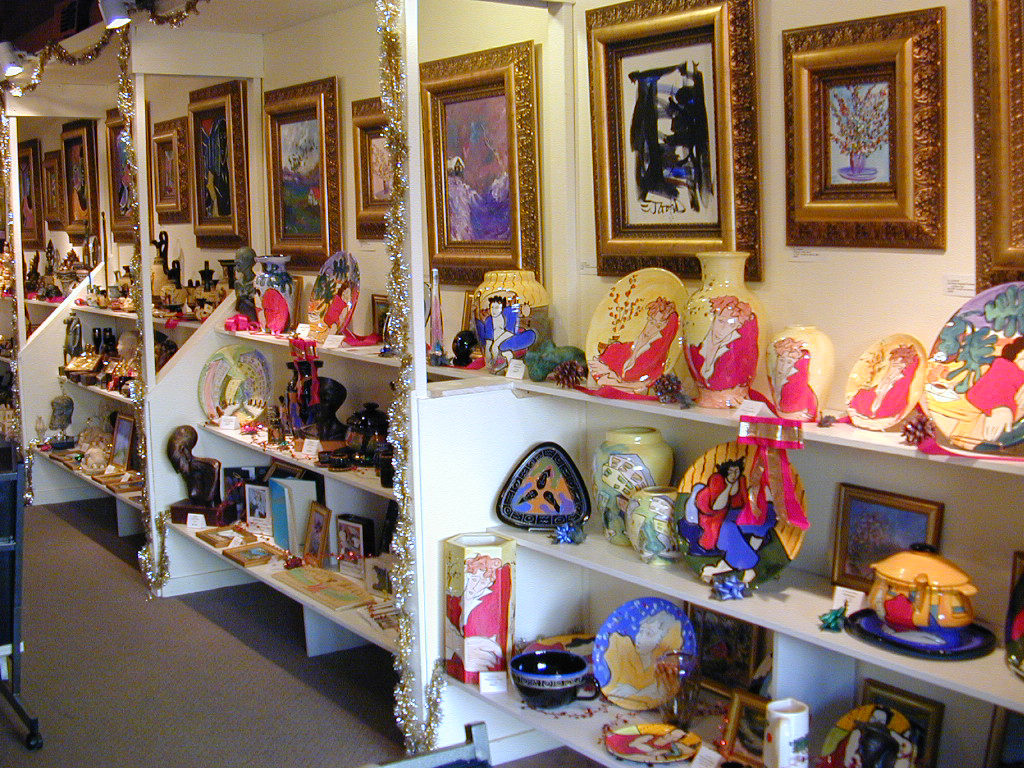
When we get your order for GORBY’S SURVIVAL BARS, we’ll spend the day making them, and Jewel will ship them as her copious spare time allows.
We can’t promise anything, but we’ll let you know immediately, if we can or can’t get the chocolate. We are totally dependent on our ability to continue to get chocolate as the sources and delivery systems inexorably fail. We can’t get the chocolate we got last year — there just isn’t any from that source, so we had to find another source of 72%.
By the way, it takes Barbara and myself some 8-12 hours to make just one batch of 188 chocolates, which is our fullest capacity in the Tempering Machine, which today costs over $3,500 to acquire. We have one here, and it’s ready to go to work!
You can place your orders at the morning meeting, just make sure it got written down by Marvette.
See You At The Top!!!
gorby

